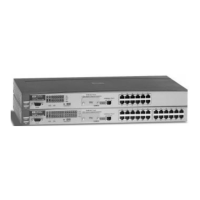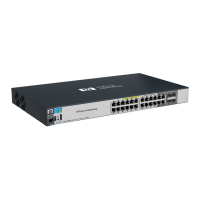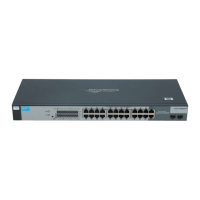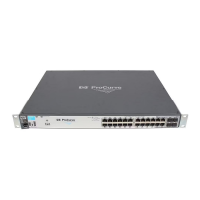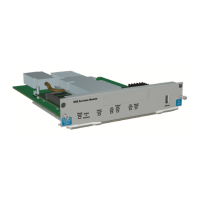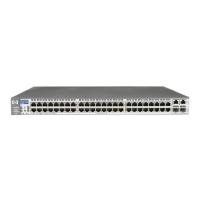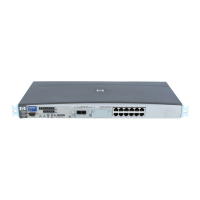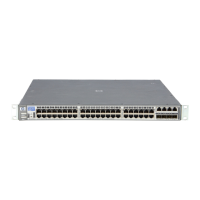4-4
Configuring Secure Shell (SSH)
Terminology
Terminology
SSH Server: An HP switch with SSH enabled.
Key Pair: A pair of keys generated by the switch or an SSH client
application. Each pair includes a public key (that can be read by
anyone) and a private key that is held internally in the switch or by a
client.
PEM (Privacy Enhanced Mode): Refers to an ASCII-formatted client
public-key that has been encoded for greater security. SSHv2 client
public-keys are typically stored in the PEM format. See figures 4-3 and
4-4 for examples of PEM-encoded ASCII and non-encoded ASCII keys.
Private Key: An internally generated key used in the authentication
process. A private key generated by the switch is not accessible for
viewing or copying. A private key generated by an SSH client applica-
tion is typically stored in a file on the client device and, together with
its public key counterpart, can be copied and stored on multiple
devices.
Public Key: An internally generated counterpart to a private key. A
device’s public key is used to authenticate the device to other devices.
Enable Level: Manager privileges on the switch.
Login Level: Operator privileges on the switch.
Local password or username: A Manager-level or Operator-level
password configured in the switch.
SSH Enabled: (1) A public/private key pair has been generated on
the switch (crypto key generate [rsa]) and (2) SSH is enabled (ip ssh).
(You can generate a key pair without enabling SSH, but you cannot
enable SSH without first generating a key pair. See “2. Generating the
Switch’s Public and Private Key Pair” on page 4-10 and “4. Enabling
SSH on the Switch and Anticipating SSH Client Contact Behavior” on
page 4-15.)
!FishSecurity.book Page 4 Thursday, October 10, 2002 9:19 PM
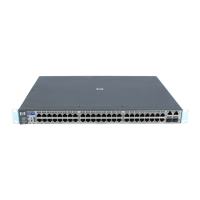
